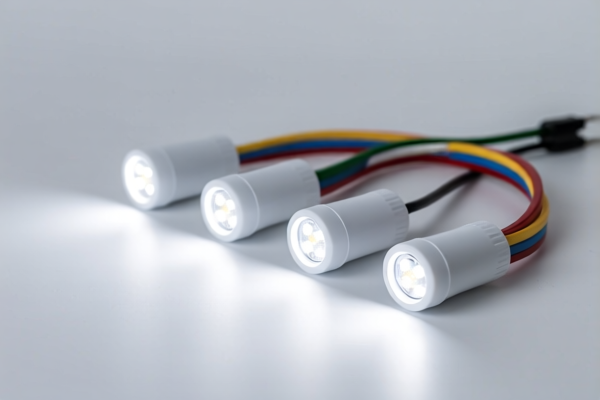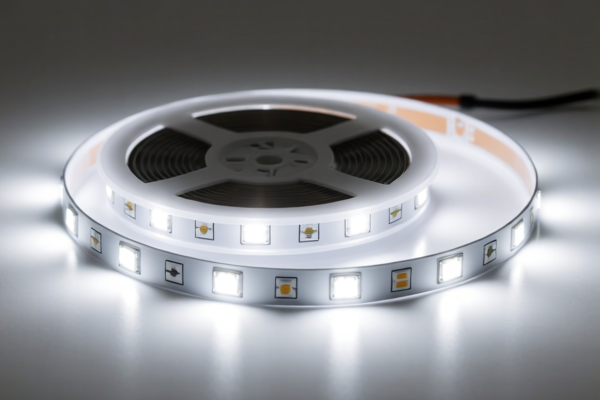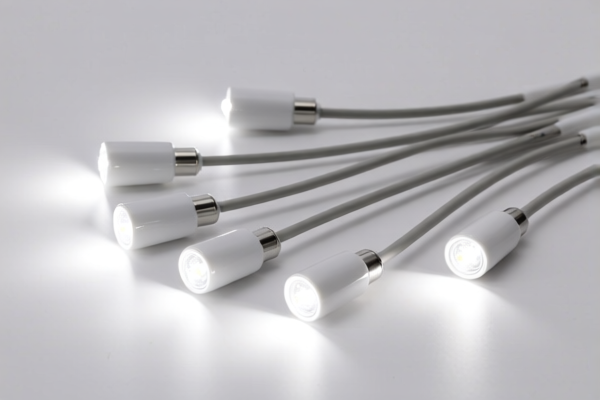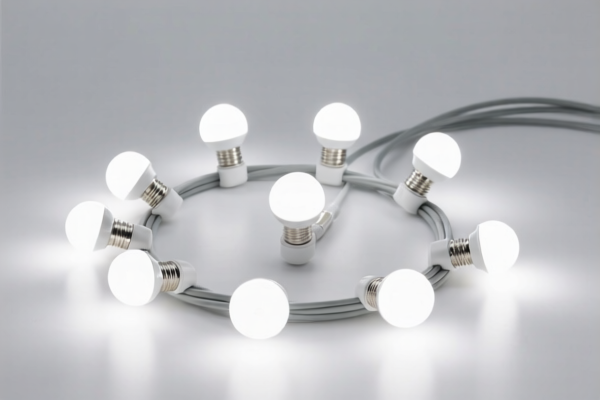| HS Code | Official Doc | Tariff Rate | Origin | Destination | Effective Date |
|---|---|---|---|---|---|
| 8539293060 | Doc | 37.5% | CN | US | 2025-05-12 |
| 8539510000 | Doc | 55.0% | CN | US | 2025-05-12 |
| 8509905500 | Doc | 59.2% | CN | US | 2025-05-12 |
| 9006610020 | Doc | 37.5% | CN | US | 2025-05-12 |
| 9006610060 | Doc | 37.5% | CN | US | 2025-05-12 |
| 9027501000 | Doc | 56.2% | CN | US | 2025-05-12 |
| 9027898060 | Doc | 55.0% | CN | US | 2025-05-12 |




Photographic Light Set
A photographic light set, also known as a lighting kit, is a collection of equipment used to illuminate a scene for photography or videography. These sets range from simple, portable kits for beginners to complex, multi-light setups for professional studios.
Materials & Components
Typical components include:
- Light Sources: These can be:
- Strobes/Flashes: Provide a short, intense burst of light. Often powered by AC electricity or batteries. Require a power source and sometimes a modeling light for previewing the effect.
- Continuous Lights: Emit a constant beam of light. Common types include LED, fluorescent, and tungsten. LEDs are increasingly popular due to their energy efficiency, low heat output, and long lifespan.
- Halogen Lights: Older technology, producing a bright, warm light but generating significant heat.
- Light Modifiers: These shape and control the light:
- Softboxes: Diffuse the light, creating a soft, flattering illumination. Come in various shapes (square, rectangular, octagonal) and sizes.
- Umbrellas: Reflect or diffuse light. Shoot-through umbrellas soften the light; reflective umbrellas bounce the light.
- Reflectors: Bounce light onto the subject, filling in shadows. Available in white, silver, gold, and translucent materials.
- Barn Doors: Attach to lights to control spill and shape the beam.
- Grids: Narrow the beam of light, providing more control and reducing spill.
- Snoots: Create a small, focused circle of light.
- Light Stands: Support the lights. Adjustable height and collapsible for portability.
- Cables & Connectors: Connect the lights to power sources and controllers.
- Controllers/Triggers: (For strobes) Control the power output and timing of flashes, often wirelessly.
- Carrying Case: For storage and transport.
Purpose & Function
The primary purpose of a photographic light set is to control the quality, direction, and intensity of light illuminating a subject. This allows photographers to:
- Shape the Light: Create specific moods and effects.
- Control Shadows: Accentuate or minimize shadows.
- Improve Image Quality: Reduce noise and increase clarity.
- Achieve Consistent Results: Repeatable lighting setups for professional work.
- Isolate Subjects: Control background illumination.
Usage Scenarios
- Portrait Photography: Creating flattering light for subjects.
- Product Photography: Highlighting details and textures.
- Fashion Photography: Achieving dramatic and stylized lighting.
- Studio Photography: Controlled environment for consistent results.
- Videography: Providing consistent illumination for video shoots.
- Event Photography: Supplementing existing light sources.
Common Types
- Beginner Kits: Typically include two or three lights, stands, softboxes, and basic accessories. Often use continuous lights. Affordable and easy to use.
- Intermediate Kits: More lights, more sophisticated modifiers, and potentially strobe/flash capabilities. Offer greater control and flexibility.
- Professional Studio Kits: Multiple lights, a wide range of modifiers, wireless triggering systems, and robust stands. Designed for demanding studio work.
- Speedlight Kits: Utilize external flashes (speedlights) mounted on stands. Portable and versatile.
- LED Panel Kits: Feature multiple LED panels for soft, even illumination. Energy-efficient and low heat.
- Ring Light Kits: Commonly used for close-up portraits, beauty photography, and content creation. Produce a distinctive circular catchlight in the subject's eyes.
Photographic light sets generally refer to equipment used to provide illumination for photography. Based on the provided information, the following HS codes may be relevant:
- 9006.61.00.20: Photographic flashlight apparatus and flashbulbs: Discharge lamp ("electronic") flashlight apparatus Capable of camera mounting: Capable of automatically controlling flash duration. This code covers discharge lamp flashlights designed to be mounted on cameras and featuring automatic flash duration control.
- 9006.61.00.60: Photographic flashlight apparatus and flashbulbs: Discharge lamp ("electronic") flashlight apparatus Other. This code encompasses other types of discharge lamp flashlights not specifically mentioned in 9006.61.00.20.
- 9027.50.10.00: Other instruments and apparatus using optical radiations (ultraviolet, visible, infrared): Exposure meters. While primarily for measuring light, exposure meters are often components of or used in conjunction with photographic light sets to ensure proper illumination.
Regarding HS code 9006.61.00.20 and 9006.61.00.60, these codes specifically relate to discharge lamp flashlights.
Customer Reviews
No reviews yet.